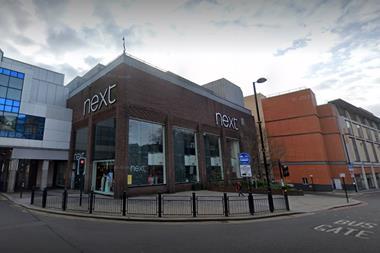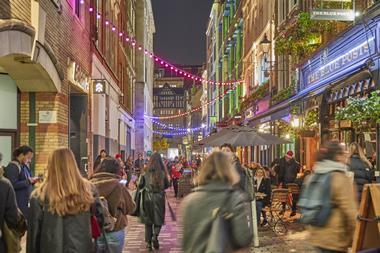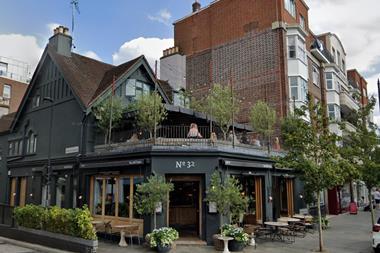Local authorities must have robust policies in place to manage the impact of large digital screens in public places or it could cause ‘significant harm to the character, appearance, amenity and even safety of places’ according to CABE and English Heritage.
Government watchdog CABE and English Heritage said increasingly, proposals are being made by broadcasters and commercial companies for large screens in civic squares across the country.
The Live Sites programme for the 2012 Olympic Games, for instance, being run by the BBC, will result in 30 or more permanent screens across the UK.
The two bodies have today published draft guidance, Large digital screens in public spaces – joint guidance from English Heritage and CABE, for local authorities who are considering planning applications.
The guidance draws on experience from the 21 ‘Big Screens’ already installed by the BBC.
It includes examples where they think large signs have been erected successfully or unsuccessfully. Examples include Norwich, where the screen has been successfully mounted on the entrance to a new shopping centre; Hull, where the screen is placed ‘obtrusively’ on tall posts across a main pedestrian street; and Manchester, where the screen has been ‘uncomfortably mounted’ on a Grade II listed building.
They said that in the wrong place screens can have a significant impact on local amenity and quality of public space and ‘in small towns the dominance of a digital screen in its major – or only – public space can disenfranchise sectors of the community’.
CABE and English Heritage recommend that local authorities:
- · permit the screens only as part of an overall strategy for regeneration;
- · assess the potential impact of proposals on the historic environment;
- · avoid buildings and places of architectural or historic interest, and competing with public art;
- · discourage proposals for commercial advertising, and
- · carefully assess the proposed broadcast content and its potential influence on audience size, public access and safety.
Richard Simmons, chief executive of CABE, said: ‘This is a growing issue. Before any decision is made to permit a screen, local authorities need to ensure that local character will be preserved or enhanced, and that any harm is minimised. This means having robust policies to protect public spaces, and a plan to resolve competing applications from other broadcasters or commercial operators.’
Philip Davies, planning and development director at English Heritage, said: ‘Local authorities are responsible for deciding whether or not digital screens should be permitted, and if so, where. In the right places, such as new purpose-designed public spaces, they can support wider objectives of regeneration and community engagement.
'But in the wrong locations, such as historic town and city centres and conservation areas, they can be intrusive eyesores and cause significant harm. Clear local policies are essential.’
The consultation draft has been sent out to all local authorities for comment with responses required by Monday 27 July 2009.






























No comments yet